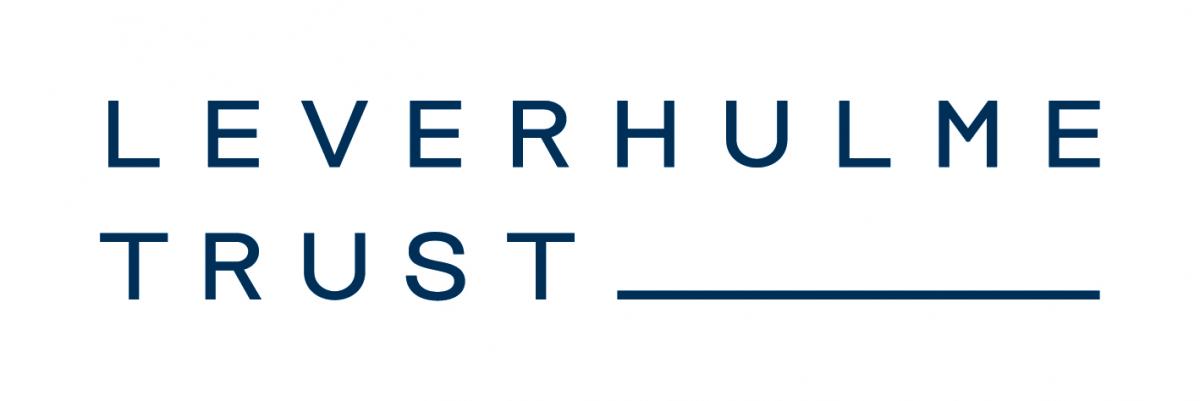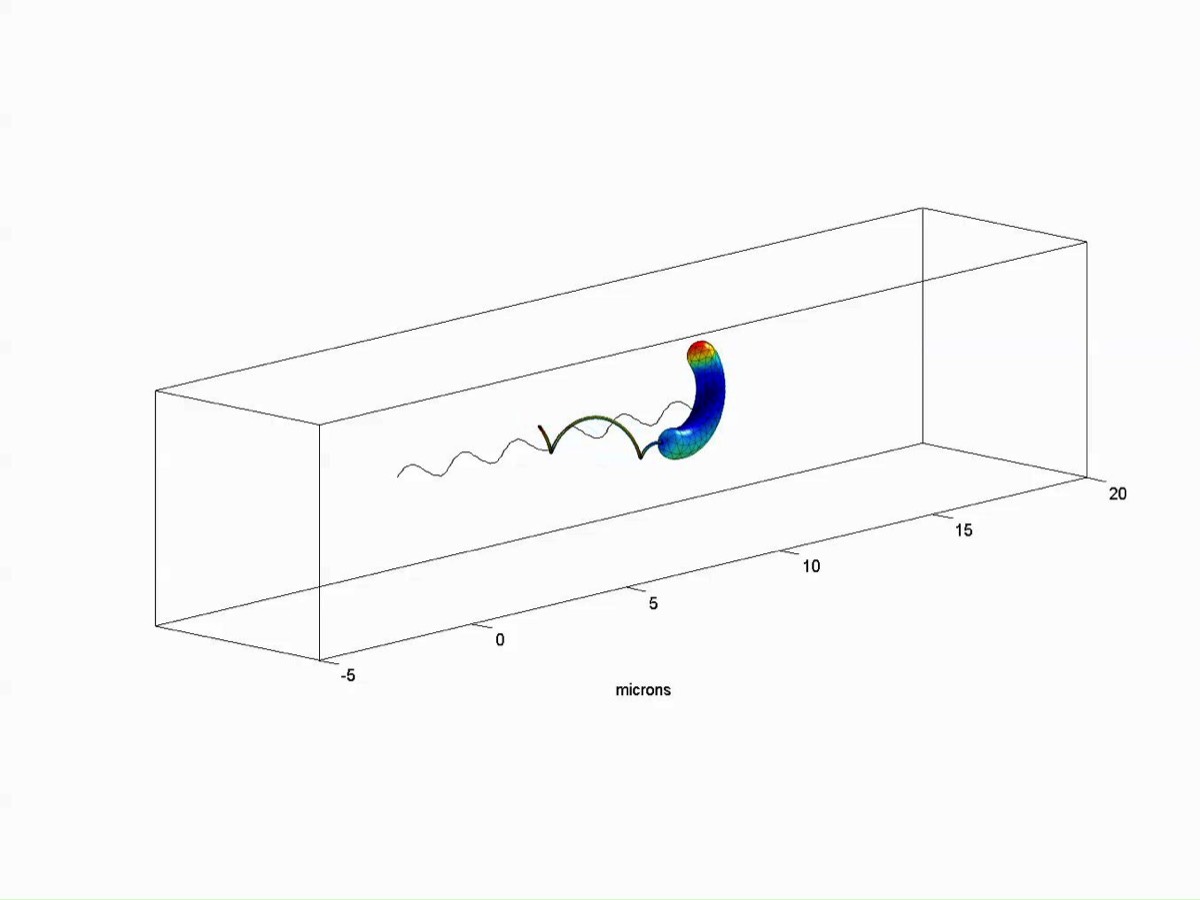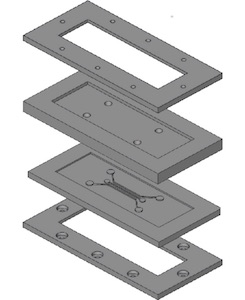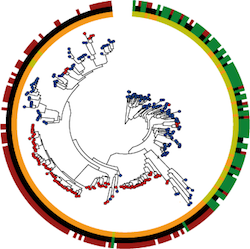Microbial form and function
On a human scale an organism’s shape is mainly determined by the effects of gravity, limb and segment position, and the energetic benefits available from streamlining. However, at microscopic scales organisms are largely freed from the limitations set by physical processes that we instinctively relate to. For instance, the simple reciprocal motion of a fish’s tail would produce no propulsive force at this scale, and for animals and plants smaller than a millimetre a streamlined shape offers no real benefits. This release from physical rules we take for granted means that for microorganisms other forces must have driven the evolution of shape. The consequence if this insight is that we need to think differently about the way that microbes interact with their physical world.
This project is designed to provide us with a clear understanding of the forces that have shaped the forms taken by microbes such as bacteria, plankton and fungi. The work integrates two key areas into our understanding of microbial form and function: evolutionary patterns and biophysical constraints. We use phylogenies (descriptions that chart the course of evolution among groups of species, yielding a family tree analogous to a genealogy) and trait data (a feature or quantifiable measurement of an organism or aspect of it’s ecology) to trace changes in shape through evolutionary histories. This allows us to ask questions about the evolution of different shapes and to ask if shape and function have coevolved. For instance, we would like to know if pathogenic bacteria have characteristic shapes, and whether microbes with similar ecological functions have similar shapes.
In a parallel set of investigations we are exploring and testing the biophysical constraints that help shape the forms that different microbes have adopted. We test the performance of differently shaped bacteria at different tasks such as swimming or ability to feed on certain nutrients, but also develop mathematical models to explore the optimal shape for a given ecological circumstance.


- This is the default HTML.
- You can replace it with your own.
- Include your own code without the HTML, Head, or Body tags.

